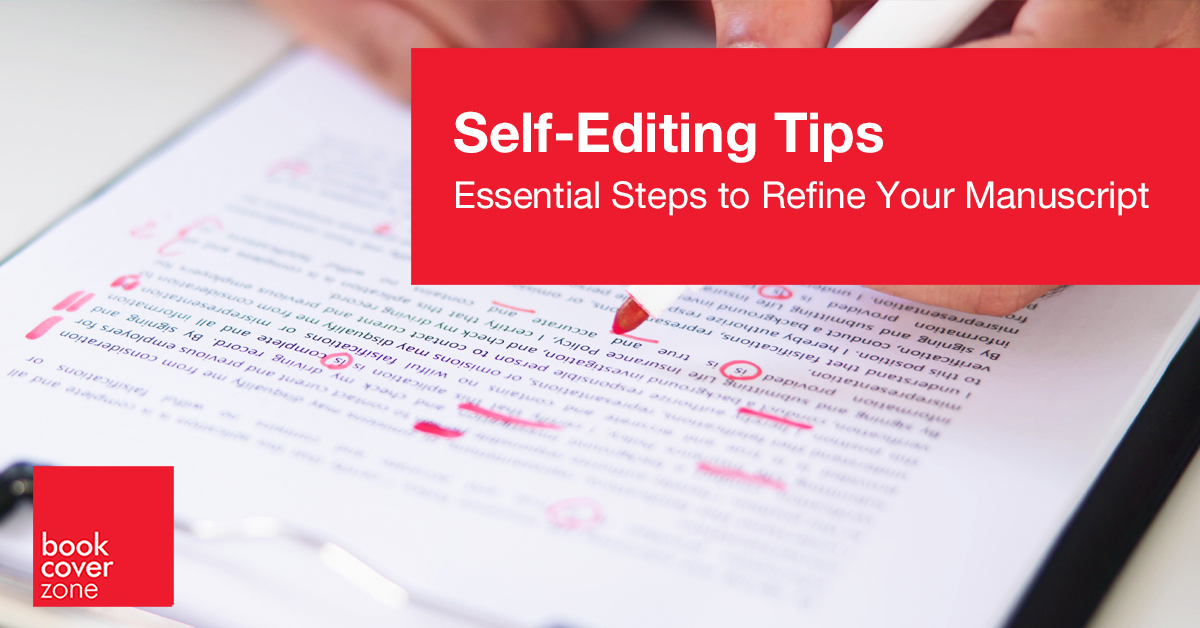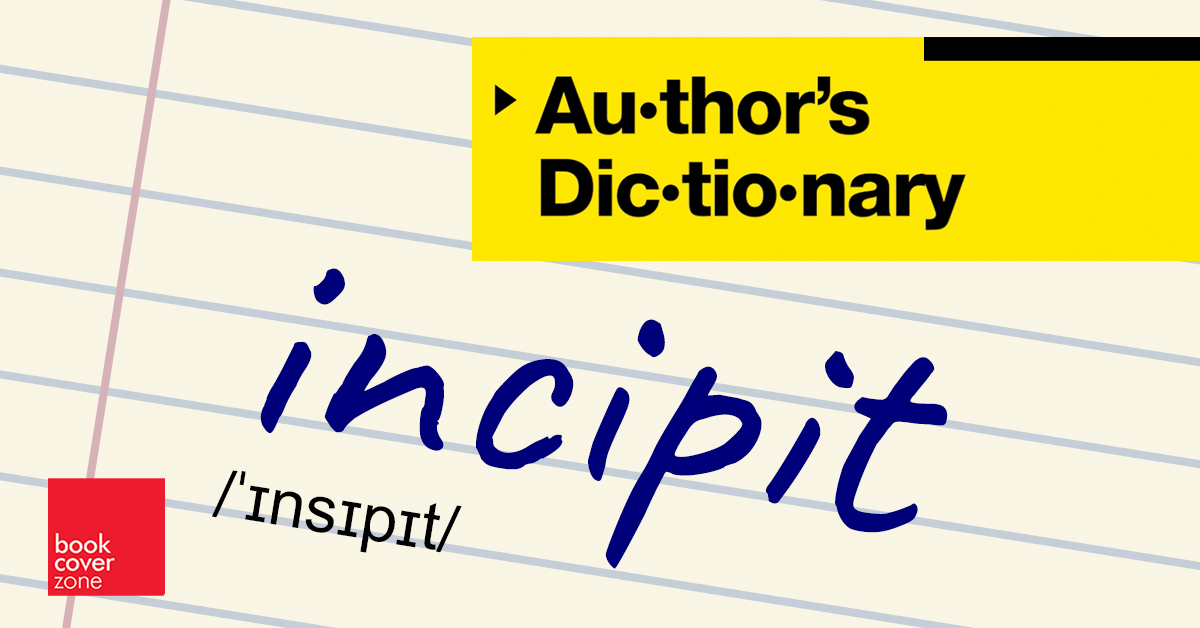Tag: reader engagement
-
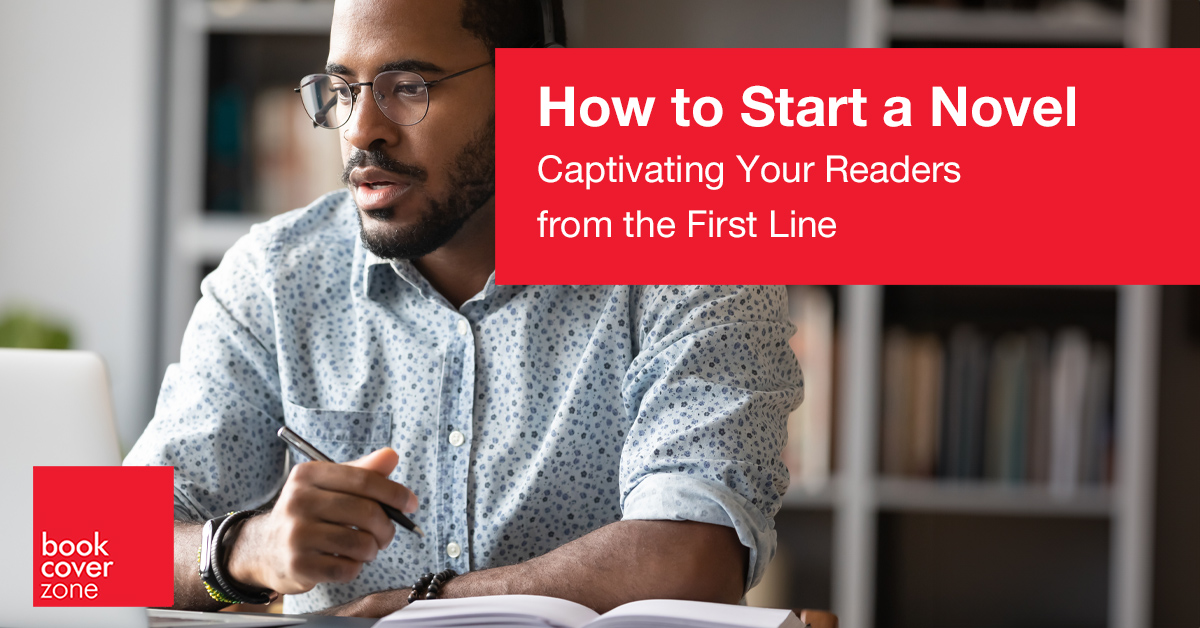
How to Start a Novel: Captivating Your Readers from the First Line
Starting a novel is one of the most crucial steps in your writing journey. The opening lines set the tone, introduce your characters, and establish the stakes. If you want to hook your readers and keep them turning the pages, consider these four effective techniques for crafting an engaging opening. 1. Start with a Question…
-
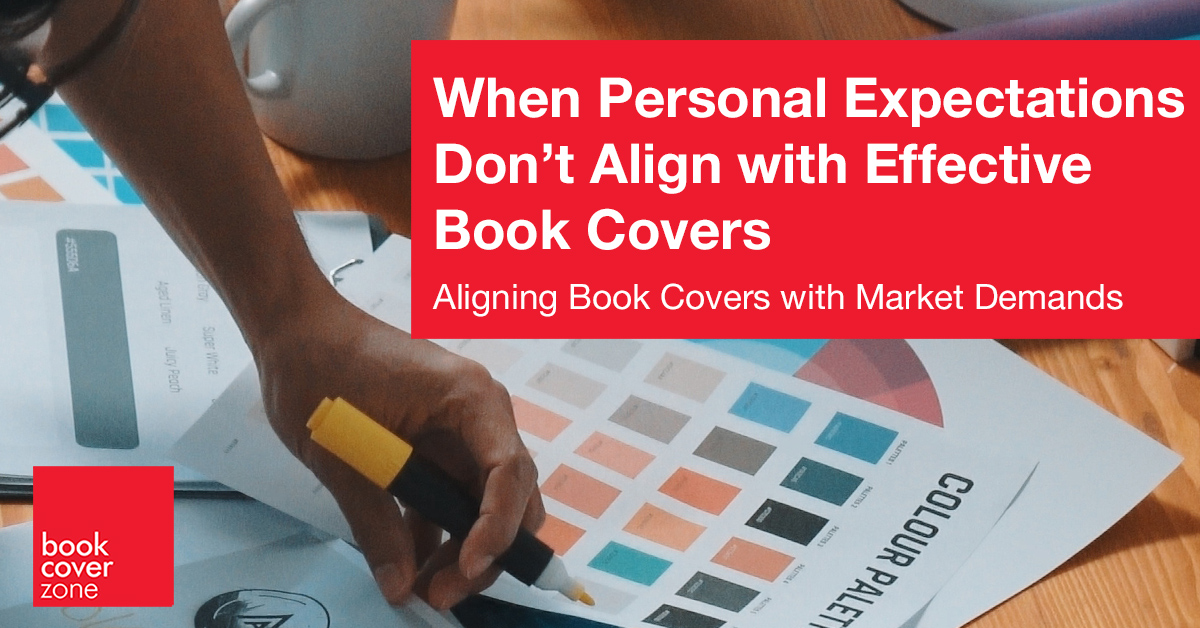
When Personal Expectations Don’t Align with Effective Book Covers
Every author pours their heart and soul into their writing. Characters are meticulously developed, plots are intricately woven, and themes are thoughtfully explored. This personal investment shapes the core of the book, and it’s natural for authors to want their covers to mirror this complexity and nuance. However, while the depth of the content is…
-
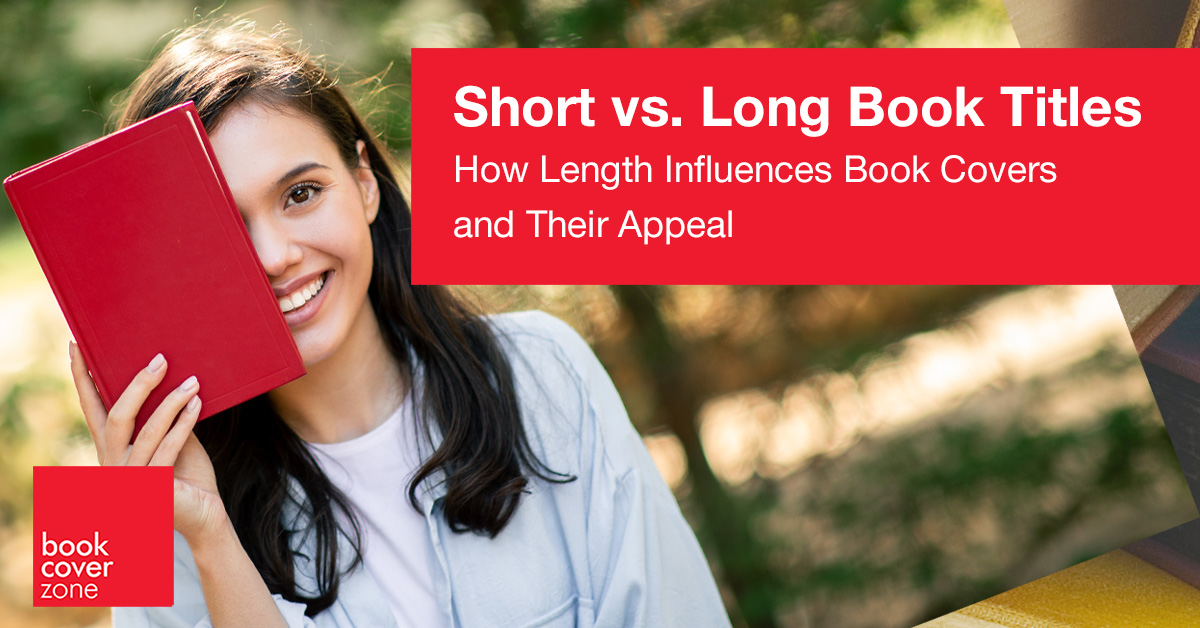
Short vs. Long Book Titles
When it comes to cover design, both short and long book titles can be visually stunning, but the design must be carefully tailored to complement the title length. Short titles benefit from bold, dramatic typography and ample negative space, creating a striking, minimalist aesthetic that can command attention. In contrast, long titles often necessitate smaller,…
-

Tease, Don’t Tell With Your Book’s Cover
The art of book cover design is much like creating the perfect appetizer. It should be enticing and suggest the flavor of the main course without satisfying the hunger.

